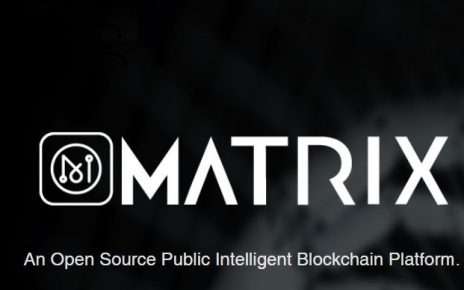An interesting tweet appeared on the Twitter account of JW Weatherman with the following text: “http://Mathbot.com – learn math by programming a robot and get rewarded in #bitcoin.”
The official website of the games explains the methodology of learning mathematics, “from counting to calculus.” According to JW Weatherman, the creator of the game, since two weeks ago, the first ten levels of Mathbot are available on the website.
When you click on the “Play now” button, a square grid with a small robot appears, along with a target. At the beginning, the players are explained how to give instructions to the robot. The action called “Walk” controls the movement of the robot. The instructions get more and more complicated as the target gets further away from the robot and more instructions are necessary to keep playing, such as rotating the robot 90 or 180 degrees.
Weatherman explains that during the initial levels the square grid is small, but as the game progresses, the grid gets bigger and bigger. He said: “With this configuration, the roboto can, for example, draw XY functions.”
When asked why he decided to create this game, Weatherman said his principal motivation was his disagreement regarding the recent educational reform known as “Common Core Standards”, applied to unify the pedagogical criteria when it comes to teaching mathematics in the United States of America, because different criteria are being applied in every state.
Numerous academics opposed the reform when it started back in 2015 and Weatherman was among them. These academics think the new curriculums are not able to adequately prepare the students for the university. On the other hand, the content offered in Mathbot provides a more solid base which is necessary in order to prepare the students to successfully tackle the university mathematics.
When it comes to rewarding the players with bitcoins as they advance through the game, Weatherman said it was convenient and necessary for the parents to supervise and motivate their children to prevent them from abandoning the game.
A kid can be interested in the game in the beginning, Weatherman explains, but without a concrete motivations, there is a high probability the game would be abandoned at some point. This is where the cryptocurrencies come into play. Bitcoin is a designated method of payment in the game.
JW Weatherman further explained: “Without systematic motivation, it is difficult to maintain the interest of the players as the levels become complicated. For this reason, we charge a modest amount of bitcoins per course. For example, a course can cost 50 dollars and we return 90% of this amount through rewards when the players reach different goal and complete levels during the course.”
Another reason to use bitcoins in the games is the flexibility and speed with which the micropayments can be executed. If a reward of one dollar is provided to the player, it is almost impossible to make this payment using a credit card. Bitcoin not only makes it possible, it is also instantaneous.
Finally, the creator of the game mentions that the use of bitcoins is a way to avoid the frauds, since it is possible that someone pays for the course with a credit card and then requests that the bank reverses the operation after completing the course and 90% of the amount paid was earned back. Weatherman says: “We keep the prices of the courses relatively modest, we only require the payments to be made in bitcoins, which is a process that can be executed quickly with the help of a parent or a friend that used this cryptocurrency.”
Weatherman compares his teaching method based on giving the instruction to the robot correctly in order to solve an arithmetic or algebra problem, to the ability necessary to perform a carpentry work: “Teaching a student a skill to use a saw or a chainsaw in order to cut wood does not seem very motivating, but if the final result is a bench or a small stairs, the student will feel motivated.”
Since the beginning of the interaction with the robot, even with the most simple instructions, the players becomes familiar with the basic programming concepts. The repetition of instructions or a particular sequence of instructions can be encapsulated in a “rocket”, which is equivalent to a subroutine. The one-step representation of a set of instructions not only allows the players to create more complex actions, but it is a reusable procedure in the game.




